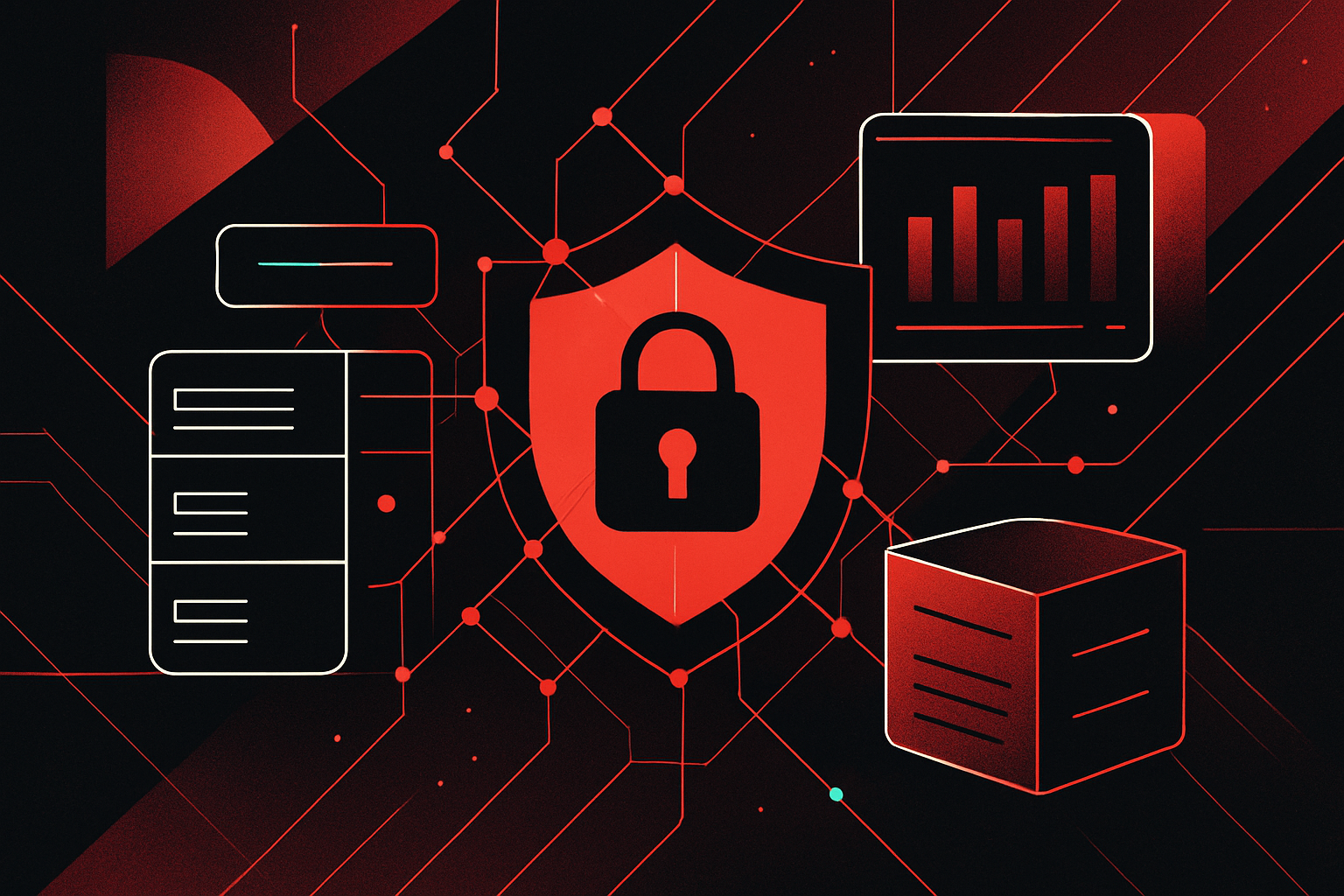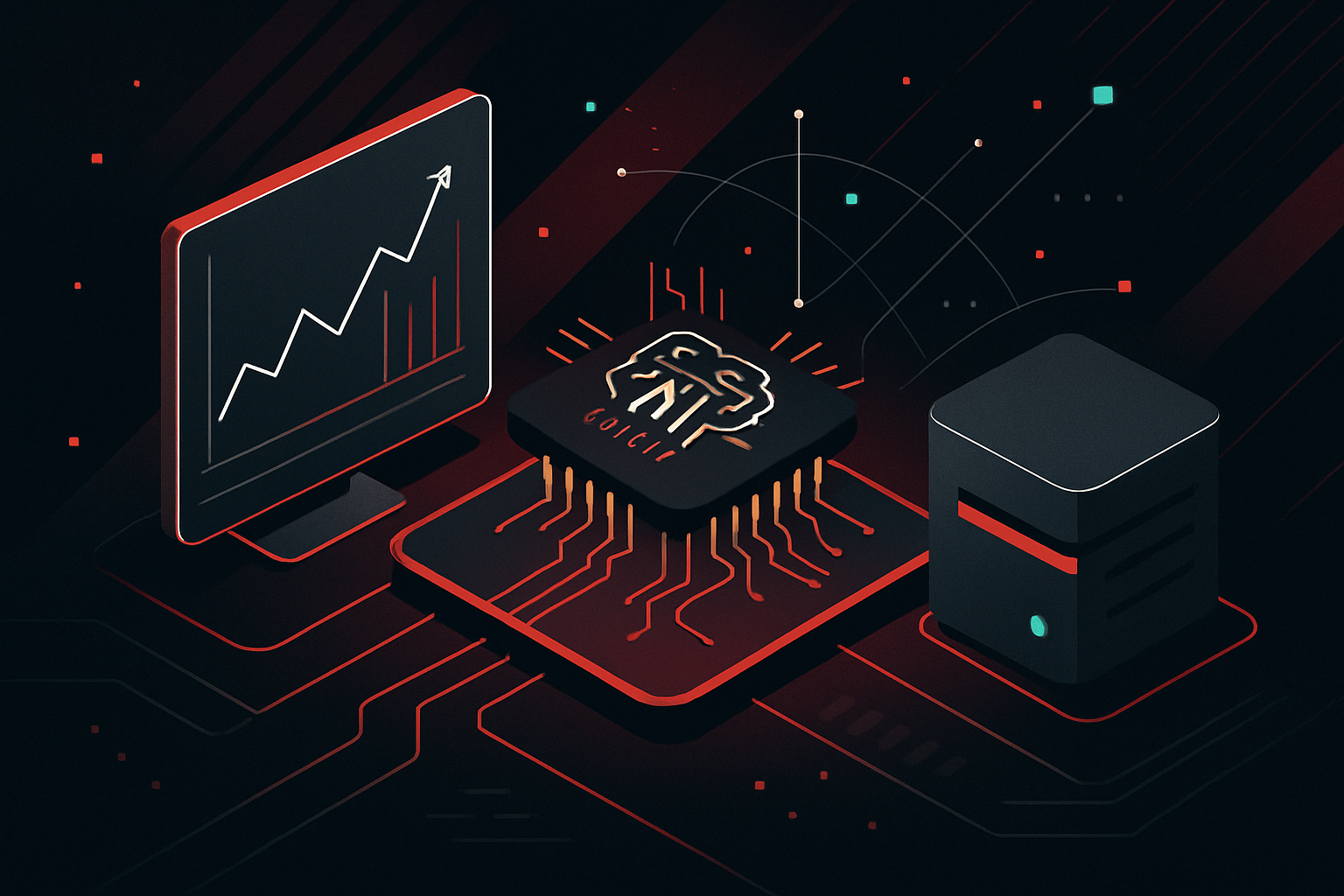The Rise of Confidential Computing

What is Confidential Computing?
Confidential Computing is a security paradigm that protects data in use by performing computation in a hardware-based, isolated environment known as a Trusted Execution Environment (TEE). Unlike traditional security models that focus on securing data at rest and in transit, confidential computing ensures data privacy and integrity while it is being processed.
Key Features of Confidential Computing
| Feature | Description |
|---|---|
| Hardware-based isolation | Data and code are isolated from the rest of the system via hardware (e.g., Intel SGX, AMD SEV) |
| Data-in-use protection | Prevents unauthorized access to data during computation |
| Attestation | Allows verification that code runs in a genuine, untampered TEE |
| Minimal performance loss | Designed to enable secure computation with manageable overhead |
| Cloud compatibility | Enables secure processing on untrusted cloud infrastructure |
How Confidential Computing Works
Trusted Execution Environment (TEE)
A TEE is an isolated part of the main processor. Code and data loaded inside the TEE are protected with hardware-enforced boundaries, preventing access from outside processes, hypervisors, or even privileged system administrators.
Typical Workflow
-
Application requests TEE creation:
The app initiates a secure enclave (e.g., using Intel SGX). -
Code and data loaded into the enclave:
Sensitive code and data are loaded into the enclave, isolated from the rest of the system. -
Remote attestation:
The enclave cryptographically proves to a remote party that it is genuine. -
Secure computation:
Data is processed securely inside the enclave. -
Result extraction:
Outputs are extracted, while sensitive data remains protected.
Leading Confidential Computing Technologies
| Technology | Vendor | Description | Example Use Cases |
|---|---|---|---|
| Intel SGX | Intel | Creates secure enclaves with in-memory encryption | Finance, Healthcare |
| AMD SEV | AMD | Encrypts virtual machine memory with per-VM keys | Multi-tenant cloud hosting |
| ARM TrustZone | ARM | Isolates secure and normal worlds on mobile/embedded devices | Mobile payments |
| IBM Secure Execution | IBM | Protects Linux workloads on IBM Z mainframes | Enterprise cloud |
Practical Use Cases
Multi-Party Data Analytics
Multiple organizations can jointly analyze data without exposing raw data to each other. For example, hospitals can pool patient data for research, but only the encrypted, aggregated results are accessible.
Secure Cloud Computing
Cloud customers can process sensitive workloads in the cloud without trusting the cloud provider, as data and code are protected from infrastructure administrators.
Blockchain and Confidential Smart Contracts
Confidential Computing enables private execution of smart contracts, protecting business logic and sensitive data.
Example: Deploying a Secure Enclave with Intel SGX
Prerequisites
- Intel SGX-capable CPU
- Linux with SGX drivers installed
Step-by-Step: Running a Simple Enclave
- Install SGX SDK and PSW
bash
sudo apt-get install libsgx-enclave-common libsgx-urts sgx-sdk sgx-dcap-pccs
- Write Enclave Code
enclave.edl
c
enclave {
trusted {
public void say_hello();
};
};
Enclave.cpp
c++
#include <stdio.h>
void say_hello() {
printf("Hello from inside the enclave!\n");
}
- Build and Run
- Compile the enclave and host application using the Intel SGX SDK.
- Launch the host; it will create the enclave and call
say_hello()securely.
Security Comparison: Confidential Computing vs Traditional Methods
| Aspect | Traditional Computing | Confidential Computing |
|---|---|---|
| Data at Rest | Encrypted | Encrypted |
| Data in Transit | Encrypted | Encrypted |
| Data in Use | Unprotected | Protected (inside TEE) |
| Insider Threats | High risk | Significantly reduced |
| Third-party Trust | Assumed | Not required (attestation) |
Implementation Considerations
Performance Impact
- TEEs introduce some overhead due to encryption, context-switching, and memory boundary checks.
- Overhead varies by workload and TEE technology (SGX has smaller enclaves; SEV is more scalable).
Key Management
- Attestation allows secure key provisioning to TEEs.
- Use cloud key management services with TEE integration for ease of use.
Application Design
- Minimize the Trusted Computing Base (TCB): Only move sensitive logic into the enclave.
- Handle enclave memory limitations (e.g., Intel SGX limits enclave memory; paging can incur performance penalties).
Getting Started: Confidential Computing in the Cloud
Major Cloud Providers
| Provider | Technology Used | Example Service |
|---|---|---|
| Microsoft Azure | Intel SGX, AMD SEV | Azure Confidential Computing |
| Google Cloud | AMD SEV, Intel SGX | Confidential VMs/Confidential GKE Nodes |
| AWS | AWS Nitro Enclaves | EC2 Nitro Enclaves |
Example: Deploying a Confidential VM on Azure
- Create a Confidential VM
bash
az vm create --resource-group myResourceGroup --name myConfidentialVM --image Canonical:0001-com-ubuntu-confidential-vm-focal:20_04-lts-cvm:latest --size Standard_DC2s_v2
- Verify Confidential Computing Extension
bash
az vm extension list --vm-name myConfidentialVM --resource-group myResourceGroup
Actionable Recommendations
- Evaluate workload sensitivity: Use confidential computing for high-value or regulated data.
- Prototype with managed cloud services: Start with Azure, GCP, or AWS services to reduce complexity.
- Integrate remote attestation: Ensure only authorized code runs in TEEs.
- Monitor performance: Profile workloads for enclave overhead and optimize code placement.
- Stay updated: Monitor TEE vulnerabilities and apply firmware/driver updates promptly.




0 thoughts on “The Rise of Confidential Computing”